Home>Gardening & Outdoor>Plant Care & Gardening Tips>How To Make Mums Last
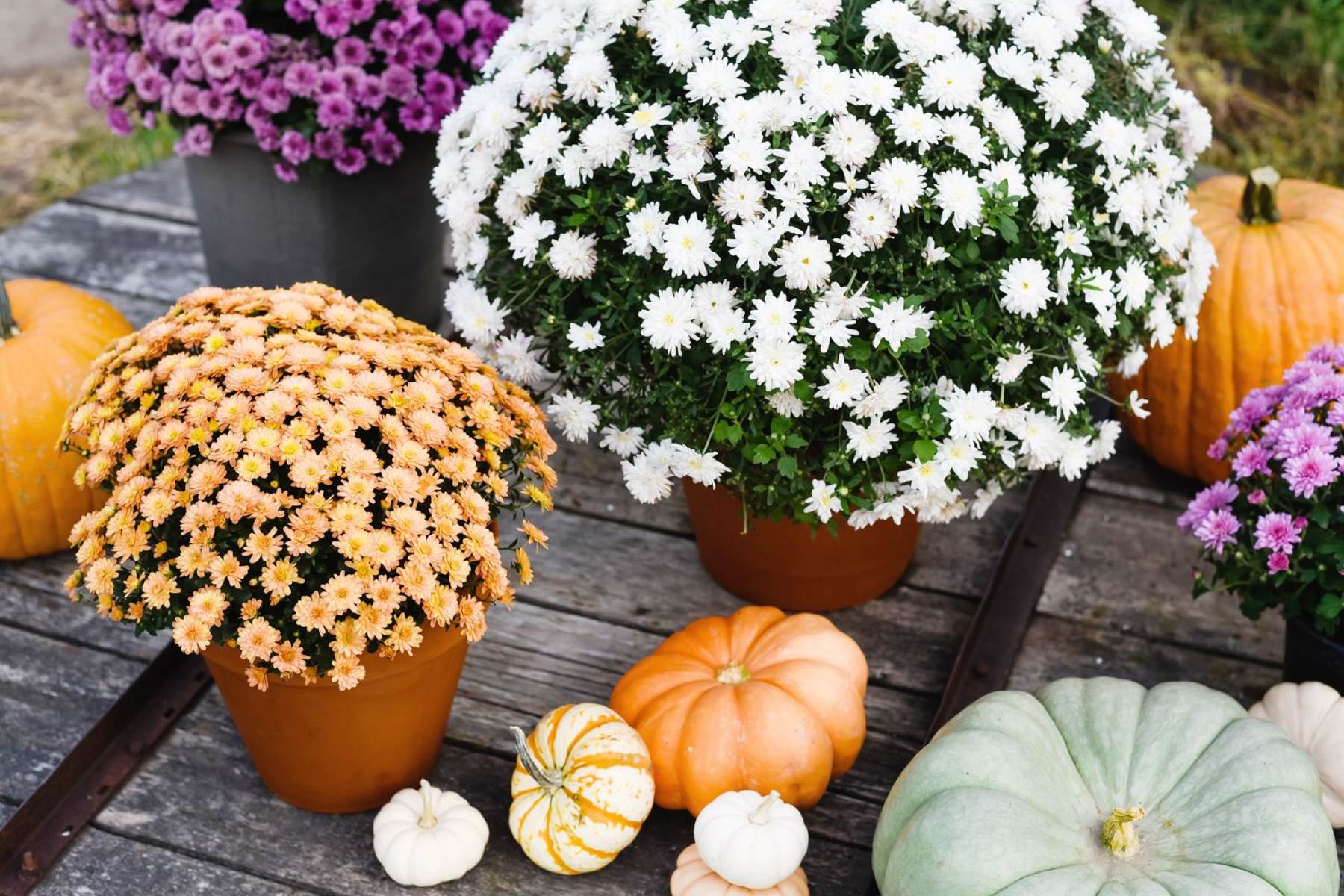

Plant Care & Gardening Tips
How To Make Mums Last
Modified: October 21, 2024
Learn expert plant care and gardening tips to make your mums last longer and thrive. Discover the best practices for nurturing healthy and beautiful chrysanthemums.
(Many of the links in this article redirect to a specific reviewed product. Your purchase of these products through affiliate links helps to generate commission for Storables.com, at no extra cost. Learn more)
Introduction
Mums, scientifically known as Chrysanthemums, are cherished for their vibrant blooms and remarkable resilience. These stunning perennials have become a staple in fall gardens, adding a burst of color to the landscape as the days grow shorter. Whether adorning front porches, lining garden pathways, or accentuating flower beds, mums are a delightful addition to any outdoor space.
In this comprehensive guide, we will delve into the art of nurturing mums, ensuring that these beloved flowers thrive and grace your garden with their beauty for as long as possible. From selecting the right mums to implementing proper planting techniques, watering and fertilizing tips, pruning and deadheading, to safeguarding mums from pests and diseases, we will cover every aspect of mum care. Additionally, we will explore the crucial steps for overwintering mums, enabling you to enjoy their splendor year after year.
Join us on this journey as we unlock the secrets to cultivating robust and long-lasting mums. With the right knowledge and care, you can elevate your gardening prowess and revel in the breathtaking allure of these magnificent blooms. Let's embark on this horticultural adventure and discover the art of making mums last!
Key Takeaways:
- Choose mums that match your garden’s climate, sunlight, color, and space. Thoughtful selection sets the stage for vibrant and long-lasting blooms, elevating your garden’s visual appeal with ease.
- Proper care, from planting to overwintering, ensures mums thrive. Water, fertilize, prune, and protect from pests and diseases to nurture enduring beauty in your garden.
Read more: How Long Will Potted Mums Last
Choosing the Right Mums
Selecting the right mums is the foundational step in ensuring their longevity and vibrancy in your garden. With a myriad of varieties available, it's essential to make informed choices based on your specific preferences and the environmental conditions of your garden. Here's a comprehensive guide to help you choose the perfect mums for your outdoor oasis.
Consider the Climate
Before purchasing mums, it's crucial to consider your local climate. Different mum varieties thrive in specific climate zones. For instance, garden mums, also known as hardy mums, are well-suited for cooler regions, while florist mums, which are often grown as annuals, prefer milder climates. By understanding your climate zone, you can select mums that are best adapted to your area, ensuring their resilience and longevity.
Assess Sunlight Requirements
Mums exhibit varying sunlight preferences, with some thriving in full sun while others prefer partial shade. Before making your selection, evaluate the sunlight conditions in your garden. If your outdoor space receives ample sunlight, opt for mums that flourish in full sun. Conversely, if certain areas are shaded for a portion of the day, choose mums that can thrive in partial shade. By aligning their sunlight requirements with your garden's conditions, you can set the stage for their optimal growth.
Explore Color Varieties
Mums are celebrated for their diverse color palette, offering an array of hues to complement your garden's aesthetic. From warm tones like red, orange, and yellow to cooler shades such as lavender, pink, and white, mums present a spectrum of colors to suit your preferences. Consider the existing color scheme of your garden and select mums that harmonize with the overall design. Whether you prefer monochromatic displays or vibrant contrasts, the color variety of mums allows for endless creative possibilities.
Read more: How Long Do Bloomed Mums Last
Evaluate Plant Size
Mums come in various sizes, ranging from compact to sprawling. When choosing mums, consider the available space in your garden and the desired visual impact. Compact mums are ideal for containers and small garden areas, while larger varieties can serve as striking focal points in expansive landscapes. By assessing the plant size, you can ensure that your mums complement the scale of your garden and contribute to a well-balanced and visually appealing environment.
By carefully considering the climate, sunlight requirements, color varieties, and plant size, you can make informed decisions when choosing mums for your garden. This thoughtful selection process sets the stage for cultivating thriving mums that will enrich your outdoor space with their captivating beauty.
Proper Planting Techniques
Proper planting techniques are fundamental to establishing healthy and robust mums in your garden. By adhering to best practices during the planting process, you can provide mums with an optimal environment for growth and ensure their longevity. Here's a detailed exploration of the essential planting techniques to set the stage for thriving mums.
Selecting the Planting Site
Before delving into the physical act of planting mums, it's crucial to identify the most suitable location in your garden. Mums thrive in well-drained soil and require ample sunlight to flourish. Select a planting site that receives at least six hours of sunlight per day, as this will promote vigorous growth and abundant blooming. Additionally, ensure that the soil in the chosen area is well-drained to prevent waterlogging, which can compromise the health of the mums.
Preparing the Soil
Preparing the soil is a critical step in creating an optimal foundation for mums. Begin by loosening the soil to a depth of around 12 inches, allowing for proper aeration and root penetration. Incorporating organic matter, such as compost or well-rotted manure, into the soil can enhance its fertility and structure, providing mums with essential nutrients and a conducive growing medium. This preparatory measure sets the stage for healthy root development and overall plant vigor.
Read more: What Color Mums Last The Longest
Digging the Planting Holes
When planting mums, it's essential to dig planting holes that accommodate the root ball and allow for proper spacing between individual plants. The depth of the planting holes should match the depth of the mums' root balls, while the width should be approximately twice the diameter of the root balls. Adequate spacing between mums is crucial to prevent overcrowding and promote air circulation, reducing the risk of disease and ensuring each plant has ample room to thrive.
Planting and Mulching
Carefully remove the mums from their containers and gently loosen the roots before placing them in the prepared planting holes. Once positioned, backfill the holes with soil and gently firm it around the base of the plants to provide stability. Applying a layer of organic mulch around the newly planted mums can help retain soil moisture, regulate soil temperature, and inhibit weed growth. Mulching also contributes to soil enrichment as it decomposes over time, further supporting the mums' growth and vitality.
By meticulously selecting the planting site, preparing the soil, digging appropriate planting holes, and incorporating mulch, you can ensure that mums are set up for success from the moment they are introduced to your garden. These planting techniques lay the groundwork for thriving mums, fostering their resilience and longevity in your outdoor oasis.
Watering and Fertilizing Tips
Proper watering and fertilizing are essential components of nurturing healthy and vibrant mums. By understanding the specific needs of these resilient perennials and implementing effective watering and fertilizing practices, you can bolster their growth and fortify their ability to thrive in your garden.
Watering Guidelines
Mums benefit from consistent moisture levels in the soil, particularly during their active growth phases. When determining the watering frequency, it's crucial to strike a balance, avoiding both waterlogged conditions and prolonged dry spells. As a general rule of thumb, aim to keep the soil evenly moist, allowing it to dry slightly between watering sessions. This approach prevents water stagnation, which can lead to root rot, while ensuring that the mums receive the hydration they require for robust growth and prolific blooming.
During periods of intense heat or prolonged dryness, mums may necessitate more frequent watering to offset moisture loss. When irrigating mums, direct the water towards the base of the plants, aiming to moisten the root zone thoroughly. This targeted approach facilitates efficient water absorption and minimizes moisture evaporation, maximizing the benefit of each watering session.
Read more: How Long Do Mums Last Outside In The Fall
Fertilization Techniques
Fertilizing mums is a strategic endeavor that aims to supply essential nutrients, bolstering their overall health and vitality. Before applying fertilizers, it's imperative to assess the specific needs of the mums and select appropriate products that align with their growth stages. During the initial planting phase, incorporating a balanced, slow-release fertilizer into the soil can provide mums with a steady supply of nutrients as they establish their root systems.
As mums transition into their active growth phase, a water-soluble fertilizer with balanced NPK (nitrogen, phosphorus, and potassium) ratios can be applied every two to three weeks. This regular fertilization regimen supports robust foliage development and encourages prolific flowering, enhancing the visual impact of the mums in your garden.
In late spring or early summer, consider applying a phosphorus-rich fertilizer to promote bud formation and bolster the mums' capacity for abundant blooming. This targeted approach can yield an impressive display of vibrant blooms, elevating the aesthetic appeal of your garden during the flowering season.
By adhering to these watering and fertilizing guidelines, you can provide mums with the optimal conditions for sustained growth and abundant flowering. These nurturing practices fortify the mums' resilience and contribute to their enduring beauty, ensuring that they remain a captivating centerpiece in your garden landscape.
Pruning and Deadheading
Pruning and deadheading are essential practices that contribute to the overall health, appearance, and longevity of mums in your garden. By understanding the purpose and techniques associated with these horticultural tasks, you can actively promote the vigor and visual appeal of your mums throughout their growth cycle.
Pruning for Shape and Vigor
Pruning mums serves multiple purposes, including shaping the plants, promoting robust growth, and enhancing their aesthetic presentation. As mums emerge from dormancy in early spring, it's beneficial to prune the stems to encourage branching and compact growth. By removing approximately one-third of the stem length, you can stimulate lateral bud development, resulting in fuller, more abundant foliage and ultimately, a profusion of blooms.
Additionally, periodic pruning throughout the growing season can prevent mums from becoming leggy and unkempt. By trimming back the stems by a few inches after each major flowering cycle, you can maintain a more compact and tidy growth habit. This proactive approach not only contributes to the visual appeal of the mums but also redirects the plant's energy towards producing new buds, fostering continuous blooming and prolonging the flowering period.
Deadheading for Prolonged Blooming
Deadheading, the removal of spent flowers, is a pivotal practice that extends the blooming duration of mums and promotes a tidier appearance. As individual blooms fade and wither, promptly snipping them off just above the nearest set of healthy leaves prevents the formation of seed heads. This process redirects the plant's energy from seed production towards generating new flower buds, thereby prolonging the blooming period and ensuring a more abundant display of vibrant blooms.
Regular deadheading not only prolongs the visual splendor of the mums but also prevents the plants from expending resources on seed development, encouraging them to allocate their energy towards sustained flowering. This meticulous maintenance practice contributes to the overall vitality and allure of the mums, ensuring that they remain a captivating focal point in your garden landscape.
By incorporating pruning and deadheading into your mum care routine, you actively contribute to the plants' vigor, visual appeal, and longevity. These attentive practices not only enhance the mums' overall health and appearance but also prolong their blooming period, allowing you to revel in their enduring beauty throughout the growing season.
Read more: How To Make Mums For Baby Shower
Protecting Mums from Pests and Diseases
Protecting mums from pests and diseases is paramount to ensuring their sustained health and vitality in your garden. These resilient perennials, while generally robust, are susceptible to a range of potential threats that can compromise their well-being. By implementing proactive measures and vigilant monitoring, you can safeguard mums from common pests and diseases, fortifying their resilience and preserving their ornamental value.
Vigilant Inspection
Regular inspection of mums is the first line of defense against potential pest infestations and disease outbreaks. By closely monitoring the foliage, stems, and blooms, you can promptly identify any signs of pest activity or disease symptoms. Look for indications such as discolored or distorted leaves, abnormal growth patterns, presence of pests such as aphids or spider mites, and any unusual spots or lesions on the plant surfaces. Early detection enables swift intervention, preventing the escalation of pest and disease issues.
Cultural Practices
Adhering to sound cultural practices can significantly reduce the susceptibility of mums to pests and diseases. Ensuring proper spacing between plants promotes adequate air circulation, minimizing the risk of fungal infections. Additionally, maintaining a clean garden environment by removing fallen leaves, debris, and spent blooms can mitigate the proliferation of pathogens and pests. Furthermore, watering mums at the base of the plants, rather than overhead, can deter foliar diseases by minimizing moisture on the foliage.
Natural Predators and Beneficial Insects
Encouraging the presence of natural predators and beneficial insects in your garden can serve as a natural pest control mechanism. Predatory insects such as ladybugs, lacewings, and parasitic wasps prey on common garden pests, helping to keep their populations in check. By cultivating a diverse and ecologically balanced garden ecosystem, you can harness the innate pest-controlling abilities of these beneficial organisms, reducing the need for chemical interventions.
Read more: How To Make Seeds Last Longer
Targeted Treatments
In the event of pest infestations or disease outbreaks, targeted treatments can be employed to address the specific issues affecting mums. Utilizing horticultural oils or insecticidal soaps can effectively manage soft-bodied pests like aphids and mites, while botanical insecticides derived from natural plant compounds offer a more environmentally friendly approach to pest control. For fungal diseases, applying fungicidal treatments in accordance with product instructions can help mitigate the spread of pathogens and protect the mums' foliage.
Disease-Resistant Varieties
When selecting mums for your garden, consider opting for disease-resistant varieties, which exhibit enhanced resilience against common fungal and bacterial diseases. By choosing cultivars bred for disease resistance, you can proactively reduce the likelihood of disease issues, minimizing the need for intensive pest and disease management.
By integrating vigilant inspection, sound cultural practices, natural pest control methods, targeted treatments, and disease-resistant varieties into your mum care regimen, you can effectively shield these beloved perennials from pests and diseases. This proactive approach not only preserves the health and beauty of the mums but also fosters a harmonious and thriving garden environment, allowing these captivating blooms to flourish with enduring splendor.
Overwintering Mums
Overwintering mums is a crucial aspect of ensuring their survival through the colder months and setting the stage for a vibrant resurgence in the following growing season. As the temperatures drop and the days grow shorter, mums undergo a period of dormancy, during which they conserve energy and prepare for the rigors of winter. By implementing strategic measures to protect mums from the harsh conditions of winter, you can safeguard their vitality and pave the way for a triumphant return when spring arrives.
Insulating with Mulch
One of the primary methods for overwintering mums involves insulating the plants with a protective layer of mulch. As the growing season draws to a close, apply a generous layer of organic mulch, such as straw, shredded leaves, or pine needles, around the base of the mums. This mulch serves as a thermal blanket, shielding the root systems from extreme temperature fluctuations and minimizing the risk of frost heaving, a phenomenon where the soil expands and contracts due to freezing and thawing, potentially exposing the roots to damage.
Read more: How To Pick Mums
Adequate Moisture Management
Proper moisture management is essential for overwintering mums, as both excessive dryness and waterlogged conditions can jeopardize their survival. Before the onset of winter, ensure that the mums receive ample moisture, allowing them to enter the dormant phase adequately hydrated. However, it's crucial to strike a balance, as overly wet soil can predispose the plants to root rot. Throughout the winter months, monitor the moisture levels in the soil, adjusting watering as needed to prevent desiccation while avoiding waterlogging.
Sheltered Overwintering Sites
Selecting an appropriate overwintering site can significantly impact the mums' ability to withstand the winter elements. Choose a location that offers protection from harsh winds and extreme cold, such as a sheltered area against a building or a spot with natural windbreaks. Additionally, positioning the mums in areas with adequate snow cover can provide insulation and safeguard them from the most severe temperature fluctuations.
Pruning and Cleanup
As mums enter dormancy, consider pruning back the stems to a height of a few inches above the soil level. This practice helps tidy the plants and prevents the accumulation of dead foliage, which can harbor pests and diseases. Additionally, removing any debris and fallen leaves from around the mums minimizes potential hiding places for pests and reduces the risk of fungal infections during the dormant period.
Monitoring and Protection
Throughout the winter, periodically inspect the mums for signs of stress, disease, or pest activity. Be vigilant for any indications of desiccation, frost damage, or pest infestations, addressing any issues promptly to mitigate potential harm to the plants. In regions with particularly harsh winters, additional protective measures such as burlap wraps or plant shelters can be employed to shield the mums from extreme conditions.
By implementing these overwintering strategies, you can fortify the mums' resilience and enhance their prospects for a triumphant return in the spring. Overwintering mums is a testament to the enduring cycle of nature, and by providing them with the care and protection they need during the dormant season, you can ensure that they emerge from winter's embrace with renewed vigor and an abundance of blooms, gracing your garden with their timeless allure.
Read more: How To Deadhead Mums
Conclusion
In conclusion, the art of making mums last encompasses a holistic approach to nurturing these beloved perennials, ensuring their enduring beauty and vitality in your garden. By delving into the intricacies of selecting the right mums, implementing proper planting techniques, and providing attentive care through watering, fertilizing, pruning, and protection from pests and diseases, you can cultivate mums that thrive and enchant with their resplendent blooms.
The process begins with the thoughtful selection of mums that align with your climate, sunlight conditions, color preferences, and available space. By choosing the right varieties and understanding their specific needs, you lay the groundwork for a successful and visually captivating garden display.
Proper planting techniques, including site selection, soil preparation, and meticulous attention to planting and mulching, establish an optimal environment for mums to establish strong root systems and flourish in their designated spaces. These foundational practices set the stage for robust growth and abundant flowering.
Watering and fertilizing mums with precision and care contribute to their sustained health and vigor, ensuring that they receive the essential moisture and nutrients necessary for prolific blooming and overall resilience. By adhering to best practices in these areas, you actively support the mums' capacity to thrive and grace your garden with their enduring allure.
Pruning and deadheading, when approached with attentiveness and skill, not only maintain the mums' visual appeal but also promote continuous blooming and robust growth. These practices are integral to prolonging the mums' flowering period and preserving their tidy and compact appearance throughout the growing season.
Safeguarding mums from pests and diseases through vigilant inspection, cultural practices, natural pest control methods, and targeted treatments fortifies their resilience and ensures their sustained health and ornamental value. By proactively addressing potential threats, you create an environment where mums can flourish without undue hindrances.
Finally, overwintering mums with strategic measures such as insulation, moisture management, sheltered positioning, and attentive monitoring safeguards their vitality through the dormant season, setting the stage for a triumphant resurgence in the spring.
In essence, the art of making mums last is a testament to the rewarding journey of nurturing and cherishing these resilient perennials. By integrating knowledge, care, and dedication, you can cultivate mums that endure as timeless symbols of natural beauty, enriching your garden with their vibrant hues and captivating presence year after year.
Frequently Asked Questions about How To Make Mums Last
Was this page helpful?
At Storables.com, we guarantee accurate and reliable information. Our content, validated by Expert Board Contributors, is crafted following stringent Editorial Policies. We're committed to providing you with well-researched, expert-backed insights for all your informational needs.

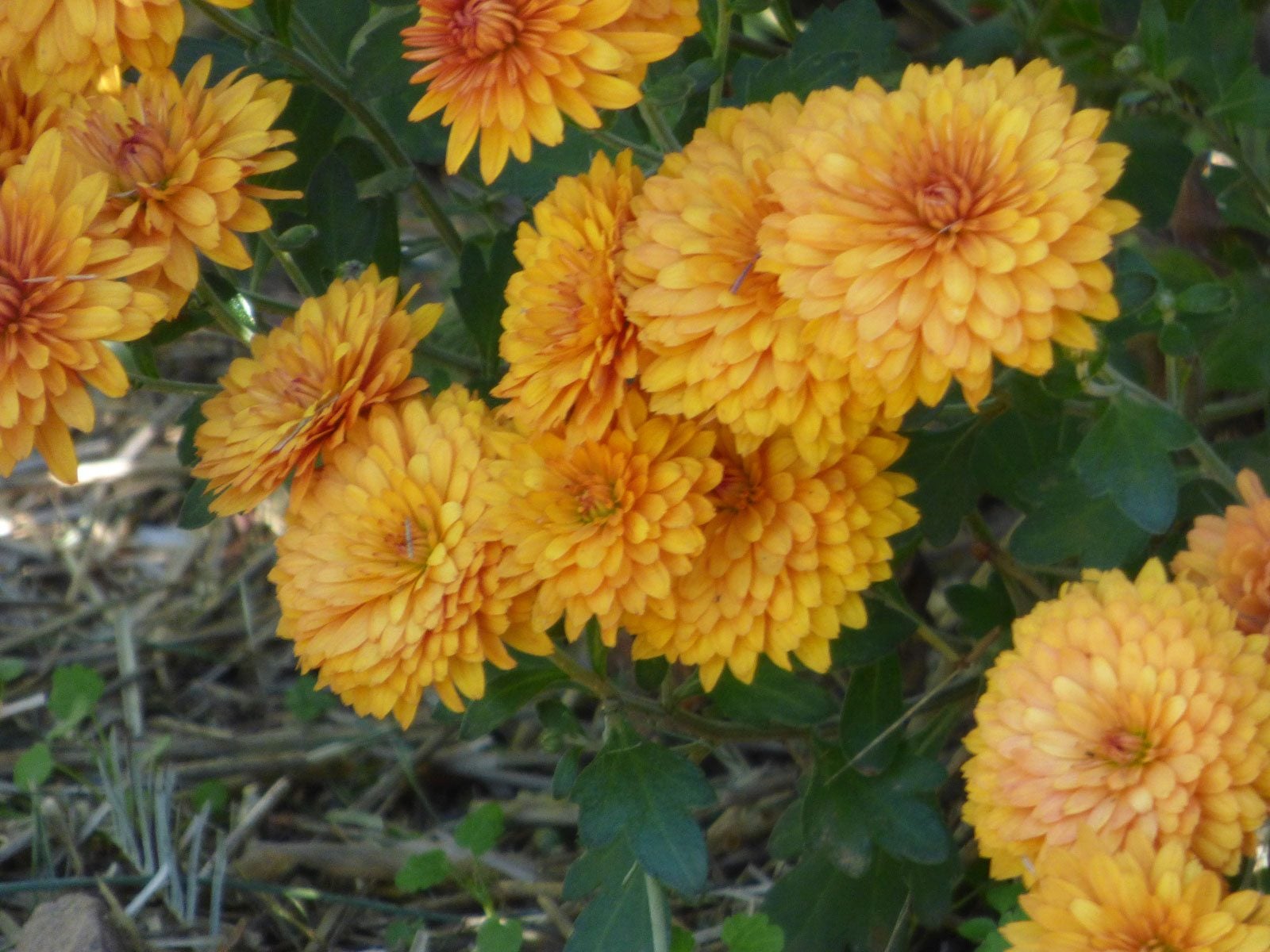
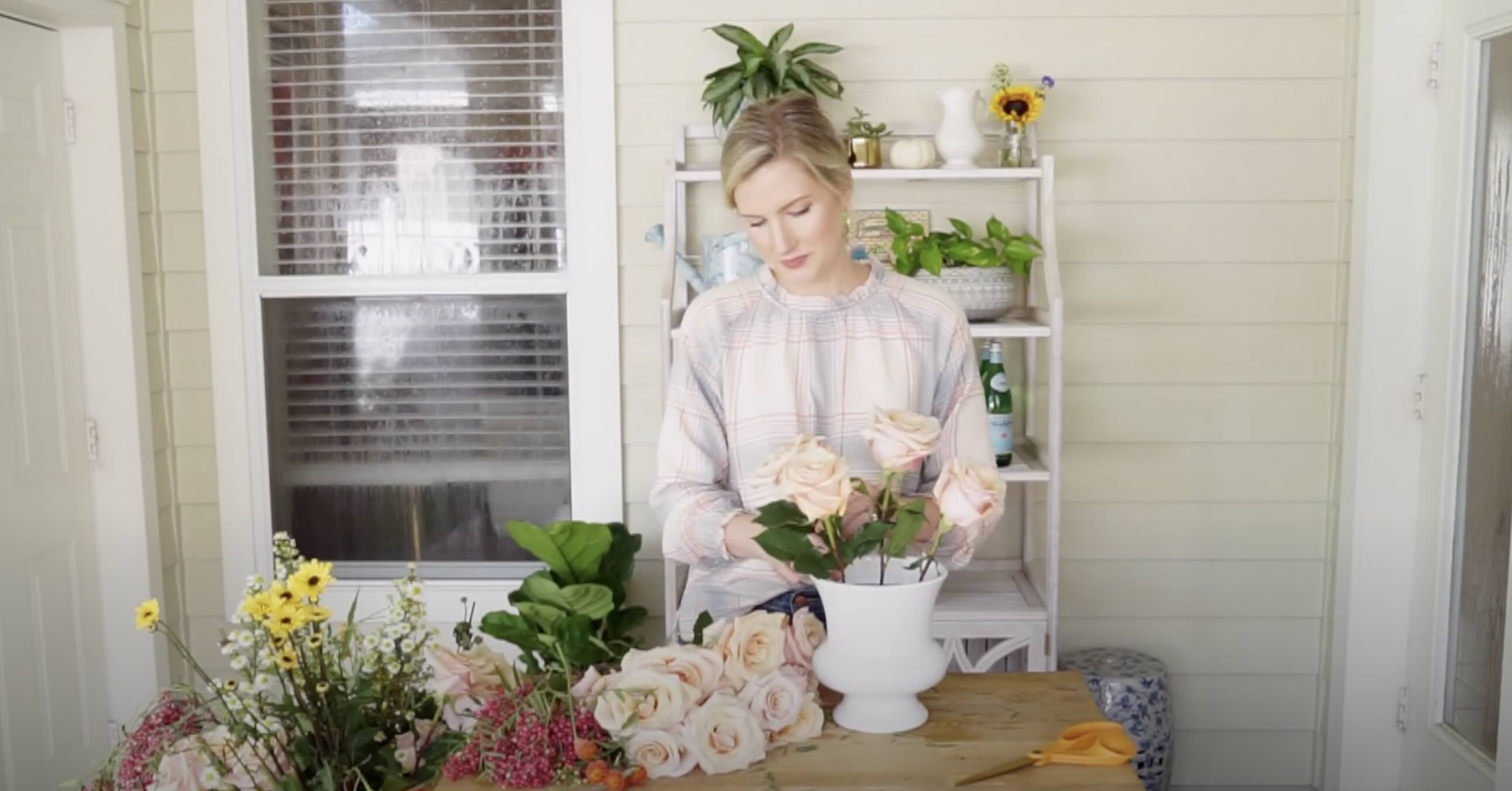
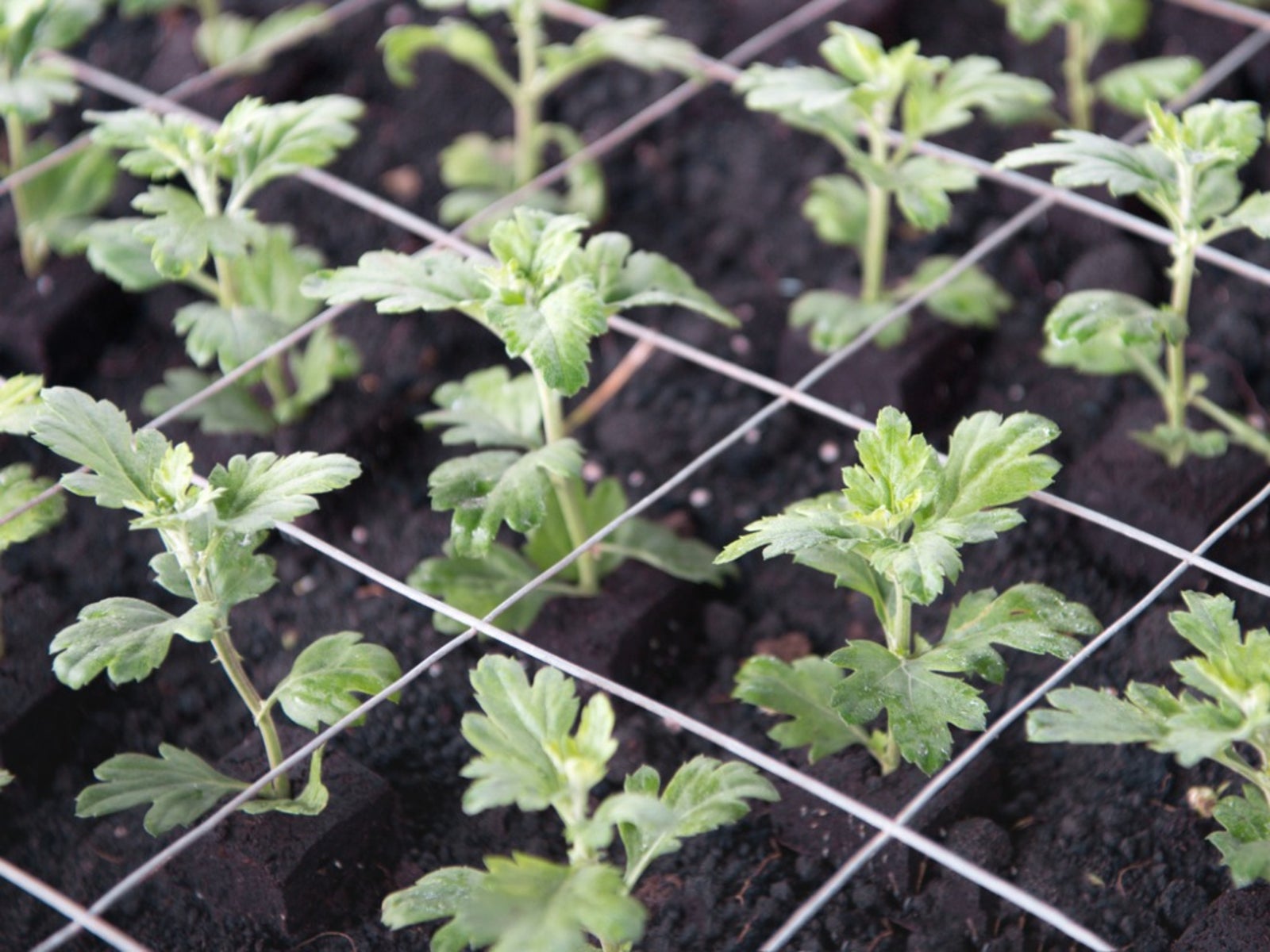
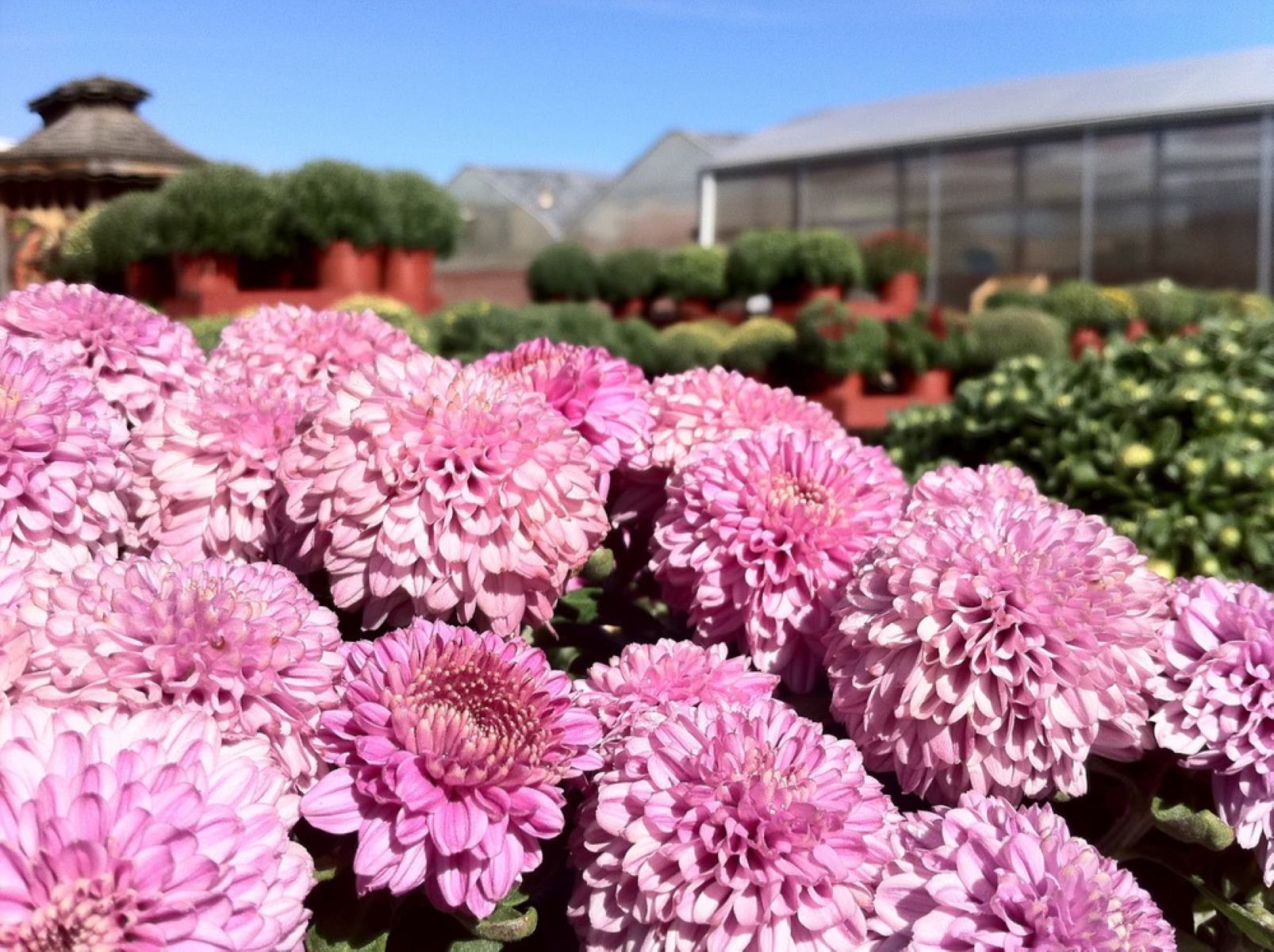
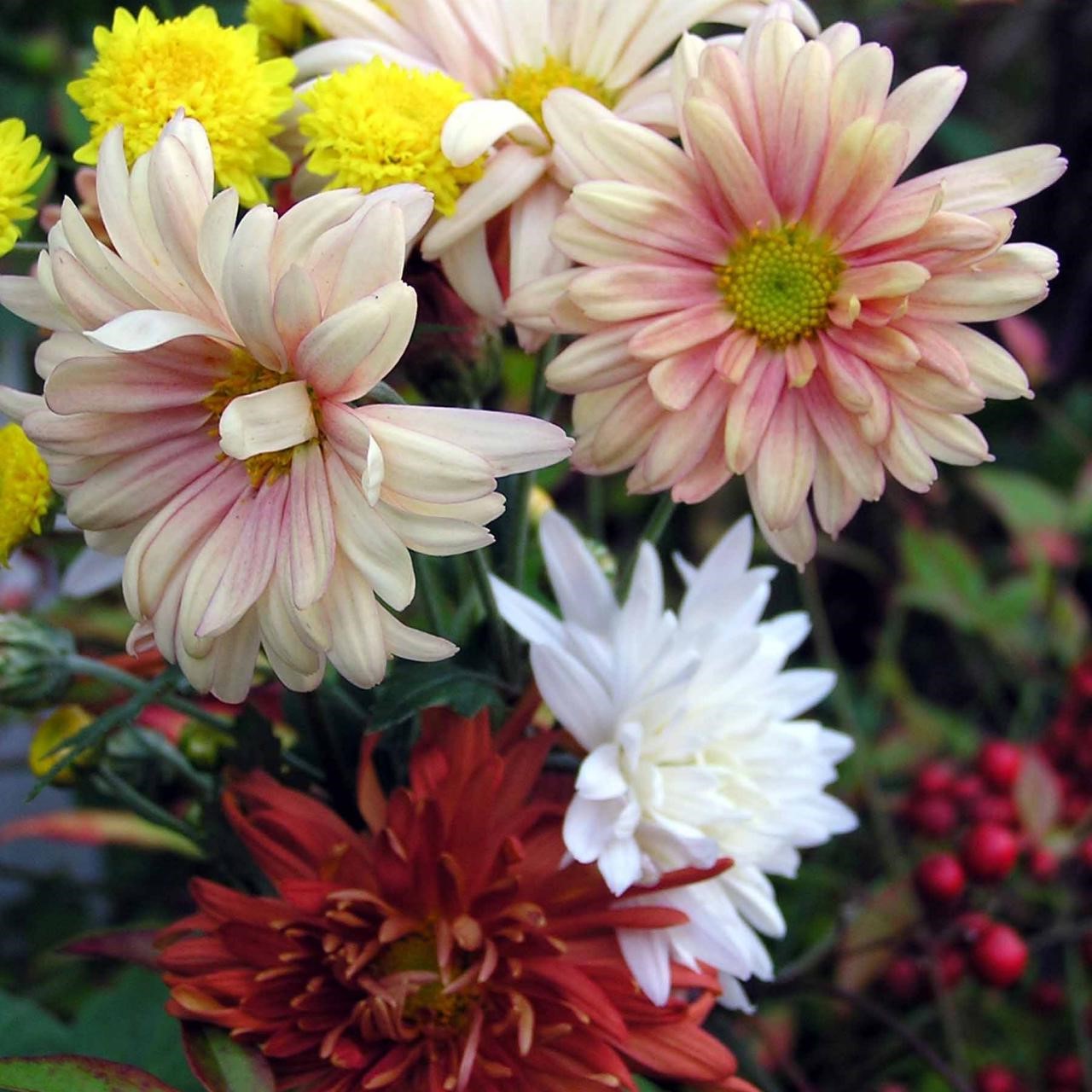
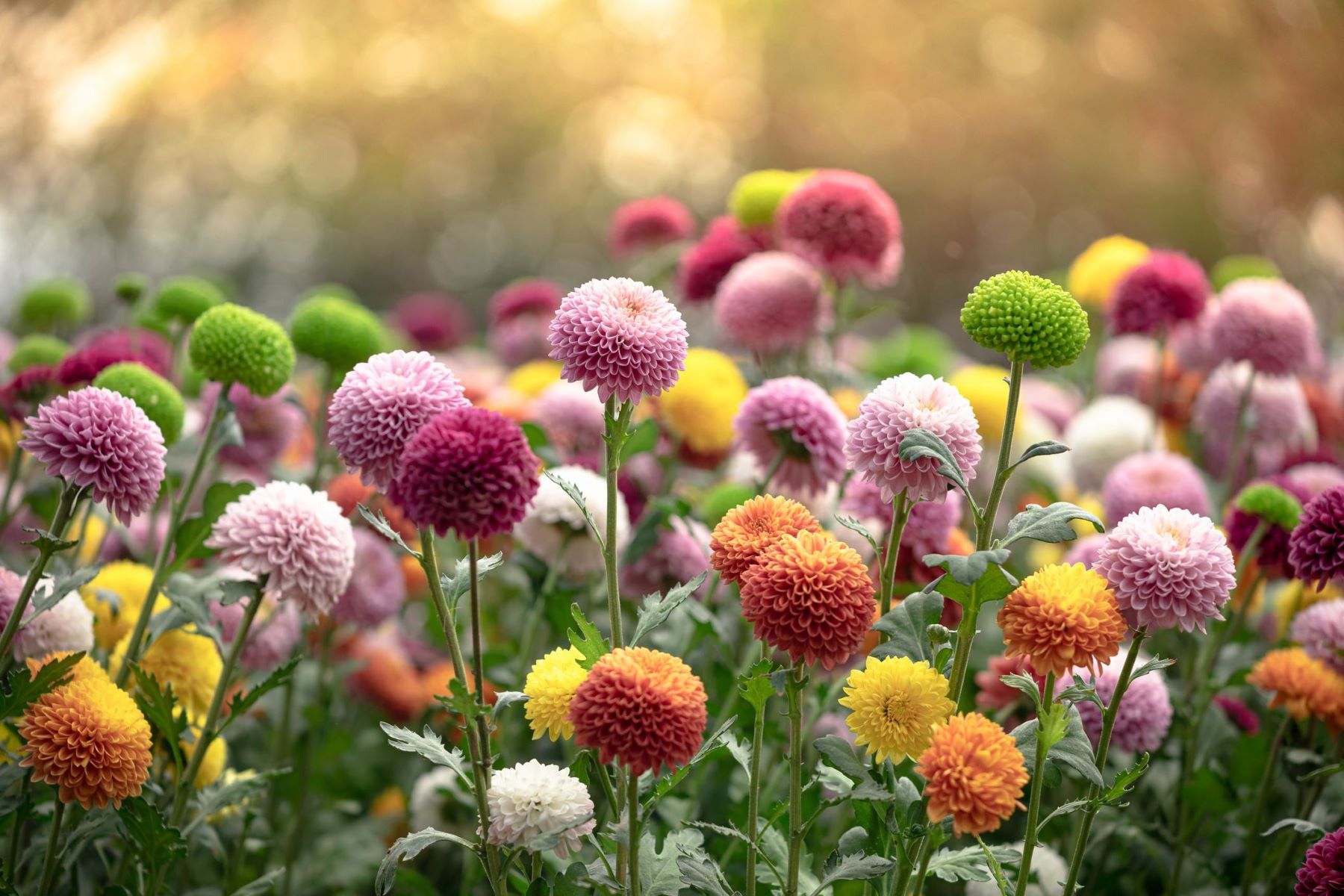


0 thoughts on “How To Make Mums Last”